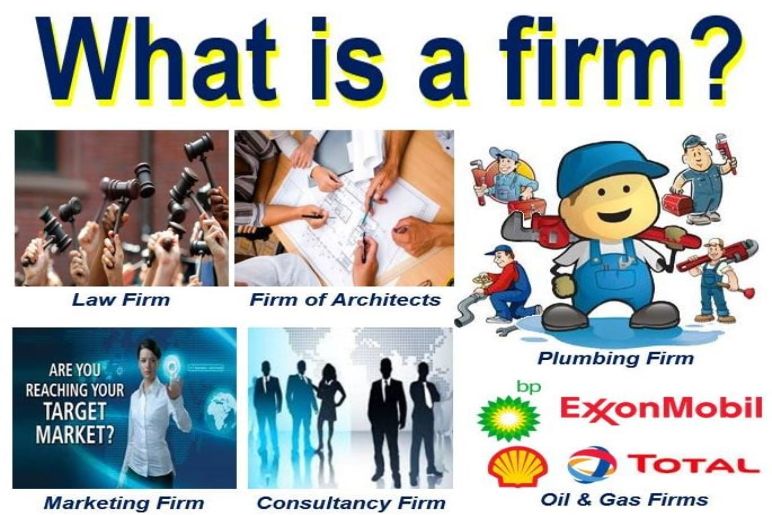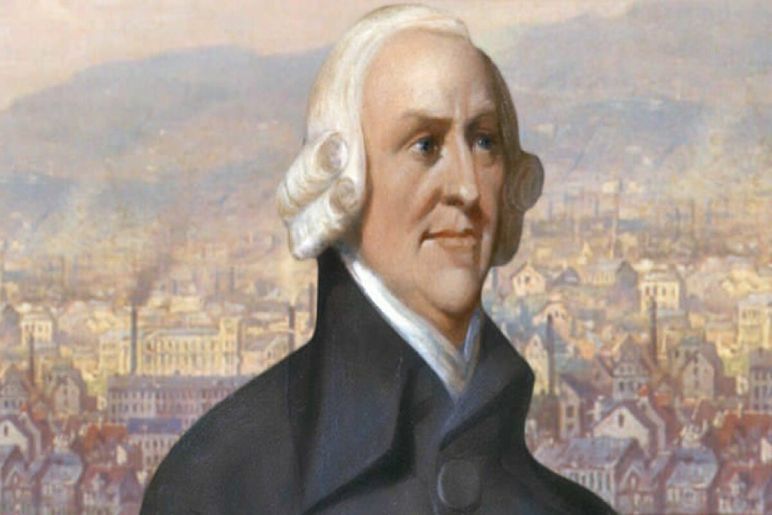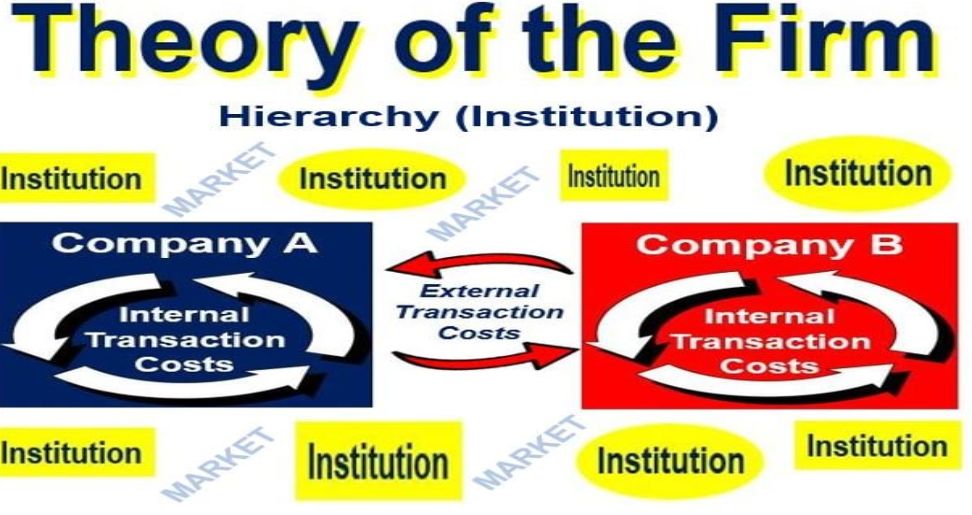In the realm of business, the term “firm” is often used interchangeably with “company” or “business.” However, it carries a specific connotation. A firm is essentially an organized entity engaged in economic activities, primarily focused on producing or selling goods and services to generate profit.
What is a Firm?

A firm is an organized entity primarily engaged in economic activities, typically involving the production or sale of goods and services. It serves as a fundamental unit within the business world, encompassing a wide range of structures from sole proprietorships to corporations. Firms are essential for channeling resources, coordinating production processes, and ultimately, creating value for consumers. They play a pivotal role in driving economic growth and innovation, while also contributing to employment and societal development.
What is the Theory of the Firm?

The Theory of the Firm is a branch of economics that seeks to understand and explain the behavior of businesses. It delves into the reasons for a firm’s existence, its structure, decision-making processes, and its interactions with the market. This theory explores how firms aim to maximize profits by efficiently allocating resources, determining optimal production levels, and setting competitive prices. Importantly, it also examines the role of factors such as technology, market structure, and government regulations in shaping a firm’s behavior and performance.
- Existence
Existence, a cosmic enigma, is the fundamental condition of being, a state of reality where entities possess form, substance, and location. It encompasses the vast spectrum from the infinitesimally small subatomic particles to the unimaginably vast expanse of the cosmos. Existence is characterized by its dynamic nature, a ceaseless interplay of creation and destruction, growth and decay. It is a paradoxical realm where order and chaos coexist, where life emerges from the void and consciousness contemplates its own existence. Yet, despite its complexity and profundity, the essence of existence remains an elusive mystery, inviting endless contemplation and philosophical inquiry.
- Boundaries
Boundaries are the invisible lines we draw to protect our physical, emotional, and mental well-being.
They define our personal space, dictate the level of intimacy we allow, and establish the limits of our responsibilities. Healthy boundaries are essential for fostering strong relationships, as they respect the individuality of each person involved. By setting clear expectations and limits, we empower ourselves to prioritize our needs without compromising the needs of others. Whether in personal or professional life, boundaries are the foundation for mutual respect, trust, and harmonious interactions.
- Organization
Organization is the cornerstone of efficiency and effectiveness in any endeavor. It involves structuring elements or components in a systematic and logical manner to achieve specific goals.
Whether it’s managing a complex project, organizing personal belongings, or building a successful business, a well-defined organizational framework is essential. By establishing clear hierarchies, defining roles and responsibilities, and optimizing resource allocation, organizations can streamline processes, enhance productivity, and foster collaboration. Effective organization empowers individuals and teams to focus on core objectives, minimize waste, and make informed decisions, ultimately leading to greater success and achievement.
- Heterogeneity of Firm Actions/Performances
Firm actions and performances exhibit significant diversity, often defying industry-level generalizations. This heterogeneity arises from a complex interplay of internal and external factors. Internal characteristics such as firm size, resources, capabilities, organizational culture, and leadership style influence strategic choices and operational efficiency. External forces like market conditions, technological advancements, regulatory environment, and competitive intensity also shape firm behavior and outcomes. Additionally, historical paths, entrepreneurial orientation, and access to financial resources contribute to varying trajectories. Recognizing and understanding this heterogeneity is crucial for effective strategic management, as it highlights the need for tailored approaches rather than one-size-fits-all solutions.
- Evidence
Evidence serves as the cornerstone of any argument or investigation, providing concrete support for claims or theories. It encompasses a wide range of forms, including factual data, eyewitness accounts, physical objects, expert testimony, and statistical analyses. To be considered credible, evidence must be relevant, reliable, and sufficient to establish a particular point. The strength of an argument often hinges on the quality and quantity of evidence presented, as it allows for critical evaluation and the drawing of informed conclusions.
Adam Smith

Adam Smith, a Scottish philosopher and economist, is often hailed as the “father of modern economics.”
His seminal work, “An Inquiry into the Nature and Causes of the Wealth of Nations,” published in 1776, laid the foundation for classical economic theory. Smith introduced groundbreaking concepts such as the “invisible hand,” arguing that individuals pursuing their own self-interest unintentionally contribute to the overall economic well-being of society. He emphasized the importance of free markets, limited government intervention, and specialization of labor in driving economic growth and prosperity. Beyond economics, Smith’s contributions extended to moral philosophy and jurisprudence, making him a towering figure of the Scottish Enlightenment.
Karl Marx
Karl Marx was a 19th-century German philosopher, economist, and sociologist renowned for his critique of capitalism and his theory of historical materialism.
His works, particularly “The Communist Manifesto” co-authored with Friedrich Engels, and “Das Kapital”, laid the foundation for Marxism, a political and economic ideology that has profoundly influenced global history. A central tenet of Marx’s thought is the concept of class struggle, where society is divided into opposing groups based on economic power. He argued that capitalism, characterized by exploitation of the working class, would inevitably lead to revolution and the establishment of a communist society. While highly controversial and subject to diverse interpretations, Marx’s ideas continue to shape political and economic discourse worldwide.
An alternative system
An alternative system would necessitate a radical departure from conventional norms, potentially involving a restructuring of fundamental principles, processes, or structures. This could encompass a shift in governance models, economic systems, technological infrastructures, or societal values. It would require careful consideration of potential impacts, both positive and negative, on various stakeholders and the environment. Such a system might be characterized by its ability to address existing challenges more effectively, promote greater equity, sustainability, or innovation, or simply offer a novel approach to problem-solving.
Other meanings of ‘firm’

- Fairly Hard
The task at hand was undeniably challenging, requiring a level of concentration and effort that pushed the boundaries of comfort. While not insurmountable, it presented a formidable obstacle that demanded careful consideration and persistent application. The complexity of the problem, coupled with time constraints, created a pressure cooker environment that tested one’s resilience and problem-solving abilities. Despite the initial daunting nature of the challenge, a sense of determination and a methodical approach proved to be invaluable assets in navigating its intricacies.
- The Ground
The ground, a vast, unyielding canvas, stretches out endlessly, its surface a patchwork of textures and colors. It cradles life in its depths, nourishing and sustaining, while also serving as a silent witness to the passage of time. From the soft, yielding earth of fertile fields to the hard, unforgiving rock of barren mountains, it exists in myriad forms, each with its own story to tell. A battleground for nature’s forces, it bears the scars of erosion and creation with equal indifference. And yet, beneath its often austere exterior lies a world teeming with life, a complex ecosystem that supports everything from microscopic organisms to towering trees.
- Attitude, Belief
Attitude and belief are intertwined mental constructs that significantly influence human behavior.
Beliefs are the cognitive components, representing what we hold to be true about the world, often shaped by personal experiences, cultural upbringing, and education. They serve as the foundation upon which attitudes are built. Attitudes, on the other hand, are evaluative judgments about people, objects, or ideas, comprising cognitive, emotional, and behavioral components. They reflect how we feel and tend to respond to stimuli, often aligning with our underlying beliefs. While beliefs are relatively stable, attitudes can be more fluid, influenced by external factors and personal growth.
Read More :
Featured Image Source: https://tinyurl.com/3bhhv8ar

